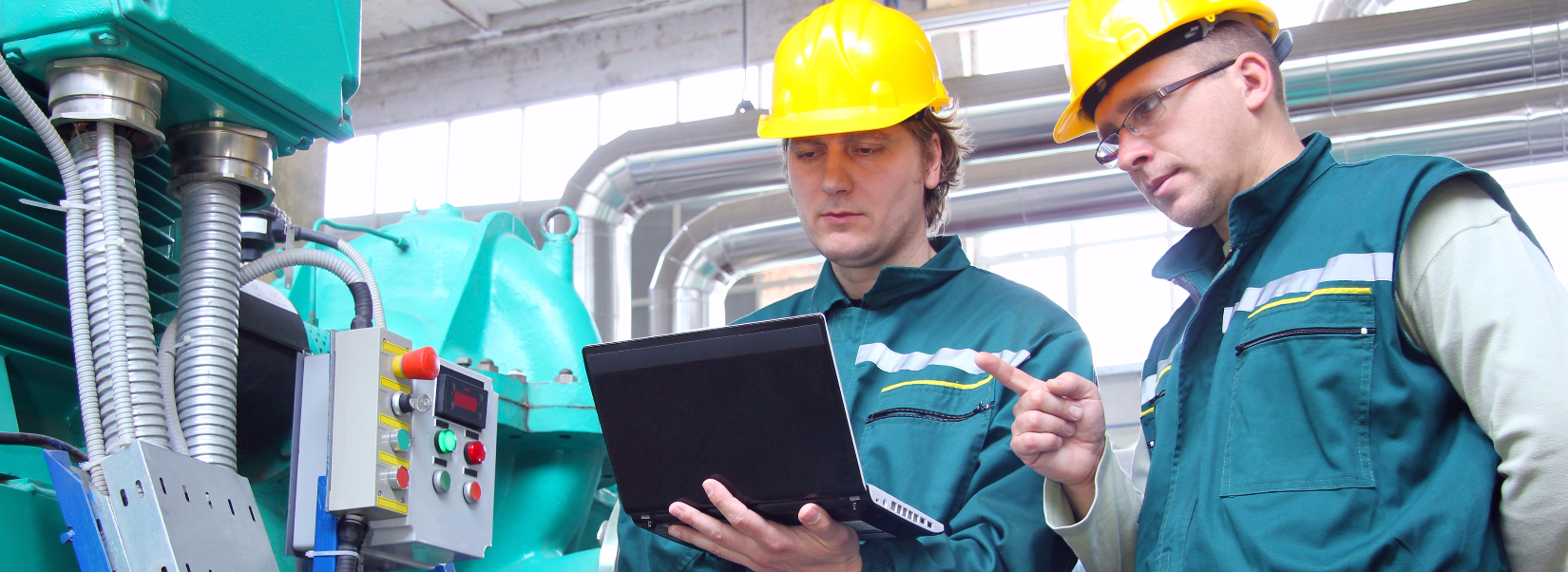Reliability Audit and Assessment
Before developing a reliability improvement strategy, it’s important to understand how your current practices compare to reliability best practices. When knowledge of current best practices doesn’t exist within your organization, or when you seek an objective perspective, Life Cycle Engineering (LCE) can provide the expertise you need.
LCE will provide a comprehensive assessment of your reliability program and maintenance activities, including a gap and barrier analysis. The intent of the reliability audit is to identify inherent deficiencies that may adversely affect plant reliability and performance.

Scope of Services:
- On-site plant tour, observations, data gathering and interviews with plant personnel
- Written and oral feedback
- An improvement plan that addresses gaps identified during the audit and assessment
Approach:
The LCE subject matter expert will:
- Conduct a workshop with site personnel to discuss Reliability Excellence, Reliability-Centered Maintenance and the components of a proactive maintenance environment
- Define goals of the assessment and the gap and barrier (SWOT) analysis that the assessment will generate
- Conduct an on-site assessment that evaluates the effectiveness of the reliability program, including:
–Interview a cross-section of the workforce to determine how well the reliability methodologies have been adopted and incorporated into daily planning and work activities
–Perform an in-depth evaluation of the reliability program setup and use
–Gather and evaluate performance and financial data to determine how well the program is being implemented and the program’s effectiveness, and establish a baseline for best practices comparison - Conduct a Strengths, Weaknesses, Opportunities and Threats (SWOT) analysis and a direct comparison to best-in-class companies in your industry
- Develop a detailed report that includes the strengths, weaknesses, opportunities and threats of the reliability program as well as benchmarks versus industry best-in-class practices
- Based on results of the assessment and SWOT analysis, facilitate the development of an improvement plan for the reliability program and maintenance practices
- Conduct a planning exercise that will help you create a prioritized action plan for closing the identified gaps
- If possible to reasonably quantify, provide a high-level estimate of the potential savings from implementing the action plan
- Develop a formal, final document that incorporates the plan, potential benefit areas and full results of the assessment
Deliverables:
- Assessment report that identifies specific gaps between the current reliability program and best practices
- SWOT analysis
- Summary of recommendations
- Prioritized action plan
